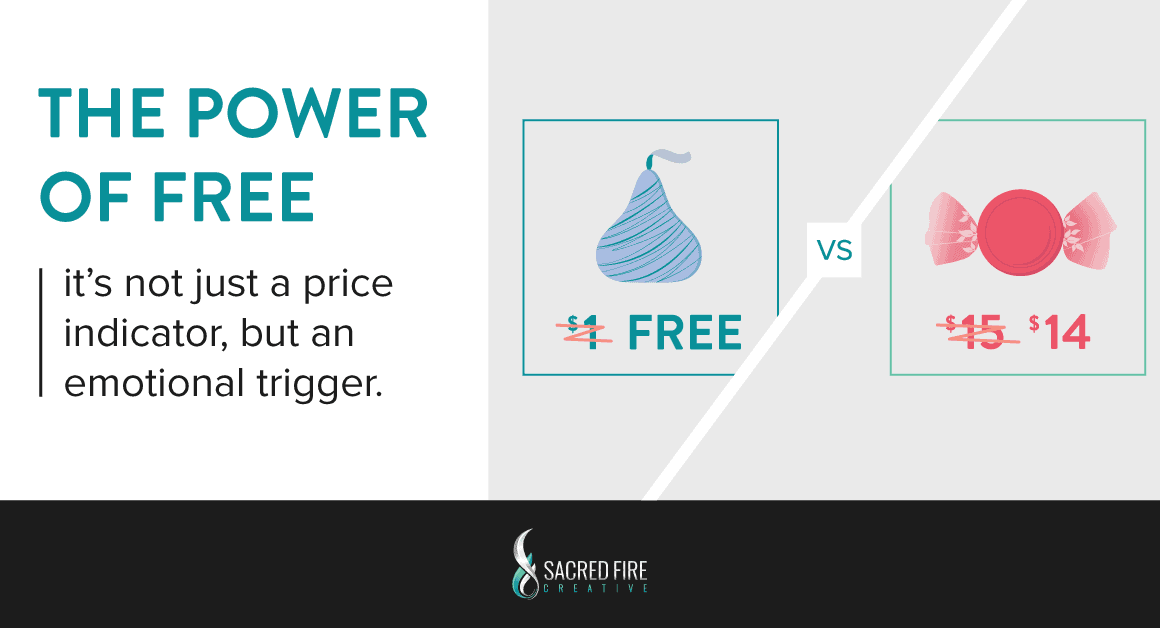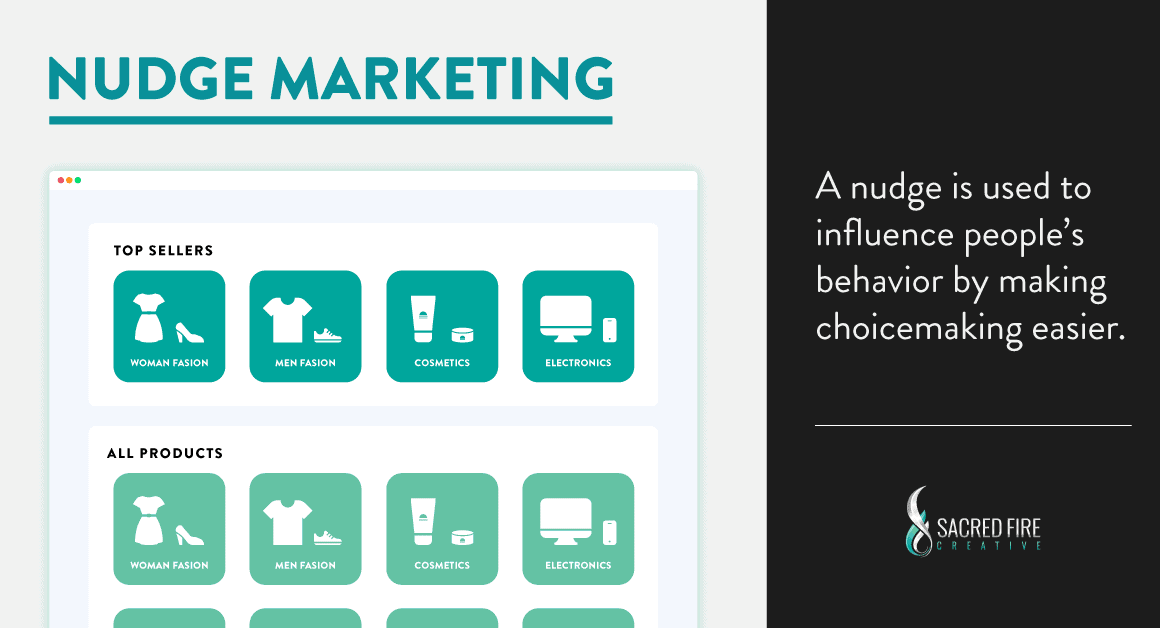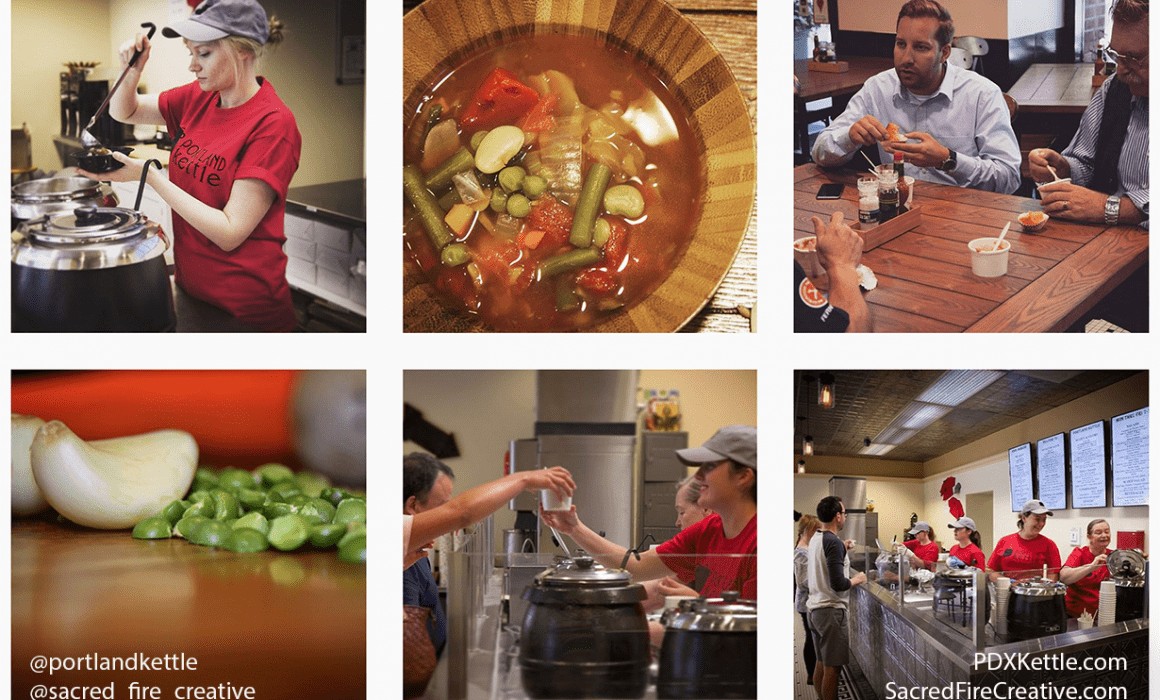4 Proven Ways Your Personal Brand Can Dominate 2022
The business world is changing. Human connection is becoming an increasingly essential element of business success, and as a further result, the role of personal brands in the world of business is evolving. And make no mistake about it, personal branding is no longer just for CEOs. Instead, it’s for every individual who wants to build their brand, grow their social presence and have a profound impact on their community.
Personal branding is the process of building a unique image that recognizes your talents, credibility, skills, and goals—looking to start building your personal brand in 2022? Here are four tips to help you dominate 2022!
1. Establish your value
When you build a personal brand, the value you can deliver to people through your work shapes the content you create and the type of audience you engage. When it comes to marketing, value is king. To help establish trust with your audience, focus on delivering excellent content around your audience’s pain points.
2. Be crystal clear
Before investing heavily into your personal brand, make sure you’re crystal clear on what you want to be known for, who your audience is, and where you’re going. Your true calling will help you determine your niche, create a cohesive message around it, and then build an audience cheering for you.
3. Don’t be boring
Everyone is trying to get the same message across. That dull, generic content doesn’t cut it anymore. Surprise your audience with something new and different, and give them a reason to stick around. You’ll get the reward, attention, and success you deserve if you do.
4. Keep it real
Social media is supposed to be a place where people can connect, but all too often, it’s filled with false attempts at self-promotion. Remember that trust between you and your audience is so much more valuable. Every time you put yourself out there, you build trust and connection. Leaders tell their true stories transparently and authentically, and at the end of the day, people only care about one thing: The real you and your message!
With a little preparation and strategy, you can build your personal brand the right way. Start by understanding these four elements and get ready to change the world!




